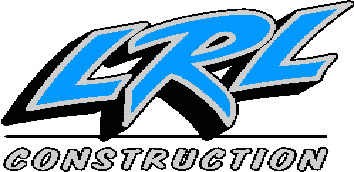Three areas were identified with heavy erosion and sedimentation along the existing track structure. Area 1 runs from beneath I-20 to the east approximately 1300 feet where the tracks are cut in to the surrounding ground with a v-notch. In this area, high degrees of scouring were present in the earth, particularly beneath the highway, which were likely exacerbated by surface water drainage off the highway during high precipitation events. Areas 2a and 2b are approximately 300-foot-long slopes along the southside of the tracks which were cut back for the construction of the tracks. The high slopes in areas 2a and 2b, consisted of sparse vegetation and a steep inclination that creates a source of weathered material.
In each of the areas, it was visible that the south ditch had been infilled with sediment, to varying degrees. It was reported that water would get caught in these ditches and accumulate until the tracks were engulfed. As water receded it deposited sediment which was then required to be removed from the tracks.
LRL was contacted to repair the problem areas. This consisted of regrading the existing slopes throughout the project to a consist 2H:1V inclination, next 120,000 square feet of Geo-cell membrane was installed along slopes 2A and 2B. The cells were backfilled with native material generated from slope grading and ditch cleaning. The slopes in Area 1 were covered with approximately 26,000 square feet of coconut woven erosion control matting. Excess spoil material generated throughout the site was placed within Railroad Right of Way and covered with approximately 2,000 square feet of coconut woven erosion blankets. The slopes in areas 2A and 2B were hydro-seeded to assist in the long-term erosion. All ditches were cleaned and restored to promote positive drainage throughout the site.


